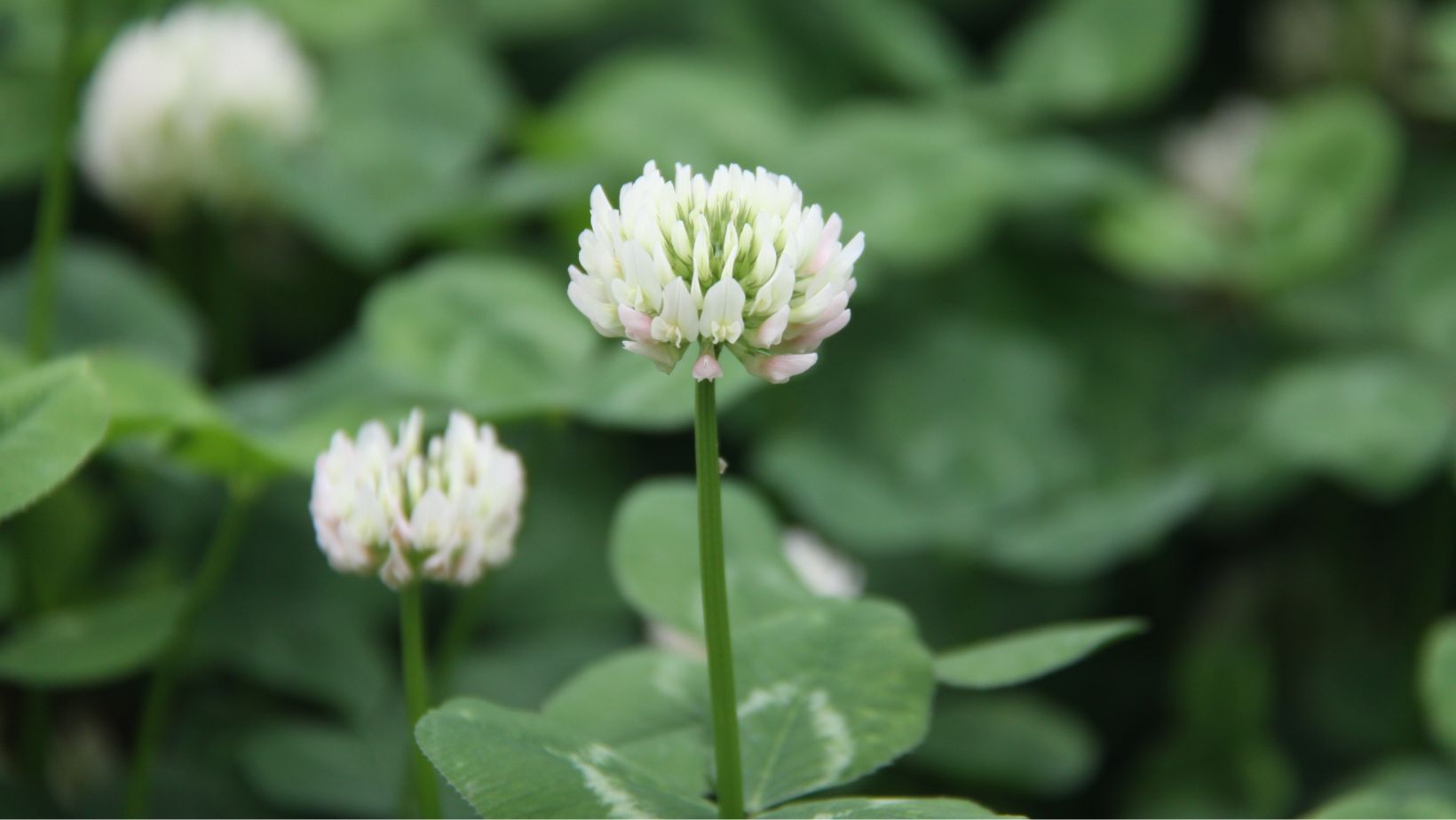
Hopefully, your winter annual cover crop has survived the frigid air masses that swept through the Carolinas in January. Those covers planted late may look a little edgy at this point. Small grains should be all right, but late-planted legumes such as crimson clover may have suffered. Ideally, we have a warm March/April period when most of the biomass production from winter annual cover crops takes place. Want more biomass? Let the cover grow as long as possible.
The biomass produced by a cover crop is the best estimate drawn from research and experience. Total biomass (organic matter) and biomass-N produced will vary by production year, weather, planting date, and termination date. The nitrogen (N) that is available from that biomass (plant available biomass-N) will also vary, depending on how the residue is managed. Covers that are turned in supply N faster than residue left on the surface. Fully mature covers, particularly small grains or bicultures containing small grains, have higher C:N ratios, decomposing and releasing N more slowly.
A grower can get a better and inexpensive estimate of the “available” biomass N per acre at cover crop termination by having a plant sample analyzed for N content at the at the Clemson Agricultural Service or at the NCDA&CS Agronomic Division labs. Annual legumes typically have between 3.5 and 4 percent N in their aboveground parts prior to flowering (for young material, use the higher end of the range) and 3 to 3.5 percent at flowering. After flowering, N in the leaves decreases quickly as it accumulates in the growing seeds.
The percent N determined by the lab (or the estimate suggested above) is multiplied by the “dry” biomass produced in one acre in that field. Biomass can be calculated by taking a nine-square-foot biomass sample (3′ X 3′), drying the biomass collected, weighing the dried sample, and multiplying the dried weight X 4840. Percent N multiplied by pounds of dry biomass per acre provides a relatively good estimate of the “total” biomass-N provided by the cover crop on a per-acre basis. However, total biomass-N will have to be adjusted to reflect how much of that total biomass-N is “available” to the following crop. This adjustment will vary depending on the stage of growth of the cover crop at termination, climate, soil moisture, and other factors. A very conservative estimate of plant available N would be 50 to 60 percent of total biomass-N.
Alternatively, a rough rule of thumb is that at 100% ground cover and six inches height, cover crop biomass (dry weight) is approximately 2000 lbs/acre. For each additional inch of height, add another 150 pounds of (dry) biomass per acre.
Knowing how much N is available to your cash crop can save you money on additional fertilizer that may need to be purchased to meet crop needs. Or, you may find out that the cover crop can “cover” those needs.
Have questions about soil health? Get in touch!


